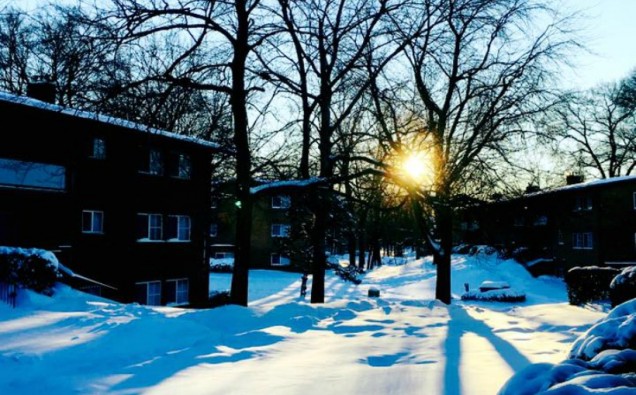
Life is gradually returning to normal in cities and states along the U.S. East Coast after a mammoth blizzard Jonas dumped more than two feet of snow, claimed around 30 lives and shuttered down businesses, schools and services.
However, it will take weeks to determine the total cost of financial losses from the storm and disruption of economic activity and transportation. The Washington Post called the storm – which shut down the nation’s capital – a blizzard for the ages. Schools remain closed at several places in the area.
Reinsurance broker Aon Benfield told Fortune a storm of similar intensity in January, 1996 caused estimated economic losses of $4.6 billion and an insured loss of $920 million.
Initial estimates of losses from the 2016 blizzard range between $1 billion and $3 billion that includes cost of damage to infrastructure, snow removal and losses due to lost economic activity and productivity.
The U.S. Travel Association estimated $230 million in loss to economy due to cancelled flights. Some costs may take several months to calculate – claims by homeowners for damages, for instance, may not come until the spring.
The storm could have been worse, if it had hit during weekdays. CNN while citing Moody’s worst-case scenario, said the blizzard would have left Philadelphia, Boston and New York metro crippled for two days, causing $16 billion in immediate cost.
Jonas was the worst storm in nearly a century to hit the capital Washington where federal offices remained shut for two days. The city government also stopped metro rail services for as many days.
Fairfax Villa Neighborhood By Jarekt (Own work) [CC BY 4.0 (http://creativecommons.org/licenses/by/4.0)], via Wikimedia Commons
While the main highways have been largely opened, Virginia and D.C. authorities say removing snows from secondary roads and neighborhoods may take several days.
Governor McAuliffe of Virginia said that recovery cost could top $100 million. HIS Global Insights estimated $1 billion across the Northeast, according to CNN, including $265 million loss in Massachusetts that received approximately three feet of snow. In New York, snow plowing will cost an estimated $1 million per inch.
The weather is also hurting the restaurant business. While retailers lament the timing of the storm in a buildup to Valentine’s Day, shoppers are likely to return once the roads are cleared. Online shopping may see more-than-usual sales.
Losses from global catastrophe in 2015 remained below average in spite of an uptick in natural disasters














